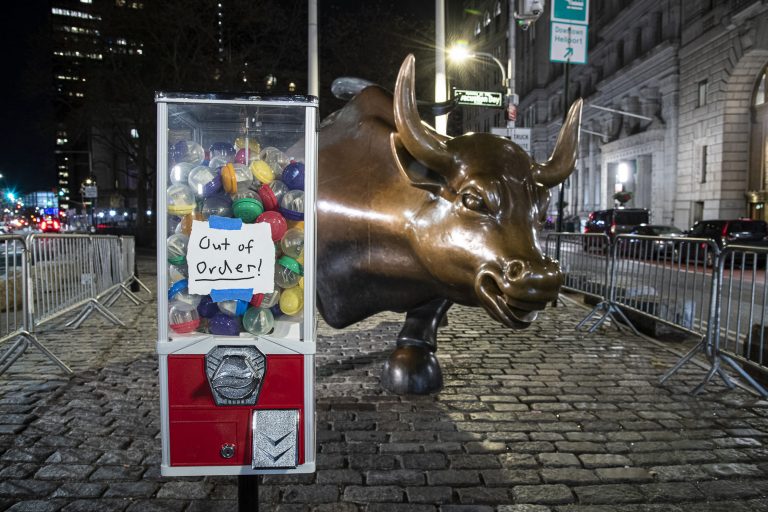Inflation in the United States is not showing any signs of abating. On Dec. 10, the Labor Department reported that consumer prices rose 6.8 percent in November compared to a year ago. This is the largest year-on-year rise in nearly four decades and up from the 6.2 percent recorded in October.
Compared to October, the overall consumer price index (CPI) rose 0.8 percent. Core CPI, which omits food and energy prices, was up 4.9 percent annually, which is a 30-year high. On a monthly basis, Core CPI rose by 0.5 percent in November.
With households continuing to shell out more for food, rent, gas, cars, and a range of other goods, many economists who had sought to assure consumers that the spike in prices wouldn’t exist for long are now expecting inflation to hover at this level for a few more months.
However, the good news is that they expect inflation to ease next year. Economists also do not expect to see a 1970s or early 1980s scenario when inflation was peaking above 10 percent for long periods.
For the last 10 years, inflation was mostly hovering below the normal two percent level. It remained below zero during certain times in 2015. Economists now expect inflation to remain higher than it was before the pandemic after it goes to moderate levels in 2022.
Success
You are now signed up for our newsletter
Success
Check your email to complete sign up
“This is not going to be an easy fix… Just because inflation will eventually moderate doesn’t mean that prices are going to go down. They’re up. We’re just lowering the rate of change, not the level of prices,” Nela Richardson, chief economist at ADP told the Associated Press.
Rubeela Farooqi, chief U.S. economist with High Frequency Economics, expects inflation to remain at high levels over the coming months before moving towards moderate levels.
“Some of the fourth quarter’s high inflation is due to supply chain problems and the lag between recovering consumer demand and recovering business production… But other sources of recent inflationary pressure look likely to persist,” PNC senior economist Bill Adams said in a note.
Meanwhile, pressure is mounting on the Biden administration as well as the Federal Reserve, both of which have been surprised by the persisting high inflation. According to an ABC/Ipsos poll, 69 percent of Americans are unhappy with the way Biden is handling inflation.
With regard to the Fed, investors expect the organization to announce that it will speed up the withdrawal of its monetary stimulus, bringing an end to their bond purchases by next spring. That would pave the way for it to begin hiking interest rates.
The amount expended by the U.S. government on unemployment benefits and child tax credit payments could also decrease in 2022. This will in turn reduce purchasing power by households and lower the pressure on inflation.
Wages are probably one of the most unpredictable factors when it comes to ascertaining where inflation is headed in 2022. With the number of jobs available numbering more than those unemployed, businesses have been forced to attract workers. Across the U.S., workers have been demanding higher pay. Normally, businesses will pass on wage increases in the form of higher prices to customers.
Furthermore, the hike in prices due to inflation could prompt households to accelerate their purchases to avoid buying items at higher prices in the future. This could create a feedback loop that keeps pushing prices higher.
















